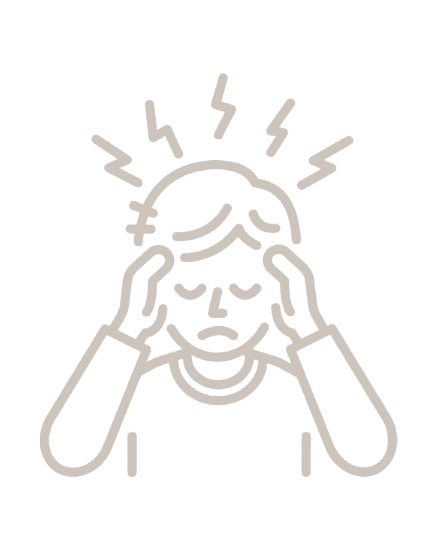FAQ
Do you take insurance?
Good Medics does not accept insurance. We believe in transparent, upfront pricing with no hidden fees, and we’ll show you the cost of your visit before you ever speak with a doctor.
When can I make an appointment?
As soon as your purchase is complete, you’ll get a link to register in the patient portal. From there, you can choose the time that works best for your schedule.
When will I see a doctor?
Most patients are seen within 24 hours. You’ll be able to schedule a telehealth visit right after registering in the portal and completing your forms.
Will I get medications if needed?
Yes. If your provider determines that treatment is appropriate, they’ll send prescriptions to your chosen pharmacy or ship treatments directly to you.
What causes migraines?
Migraines are linked to brain chemistry and genetics. Triggers can include stress, hormones, poor sleep, certain foods, and sensory overload.
What are the symptoms?
Intense head pain, nausea, light or sound sensitivity, and visual disturbances are all common.
Can migraines be diagnosed via telehealth?
Yes. Providers can diagnose migraines based on your symptom history and may recommend follow-up if symptoms are severe or changing.
How soon will I feel better?
Relief can begin within an hour of taking prescribed medication if used early in the attack.
Do I need in-person testing?
Not typically. If symptoms are typical and responsive to medication, telehealth is often sufficient. Neurology referrals may be made for complex cases.





